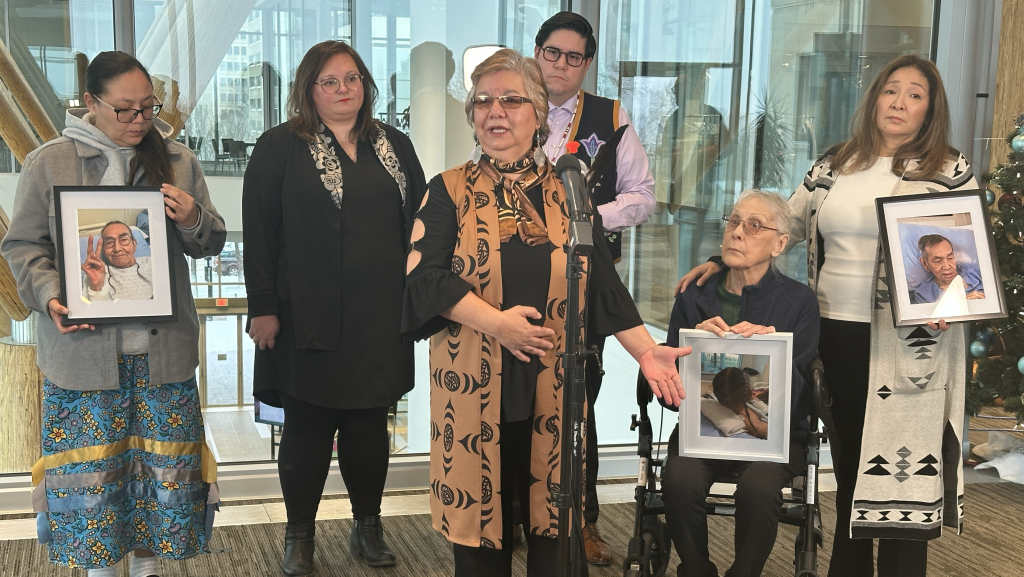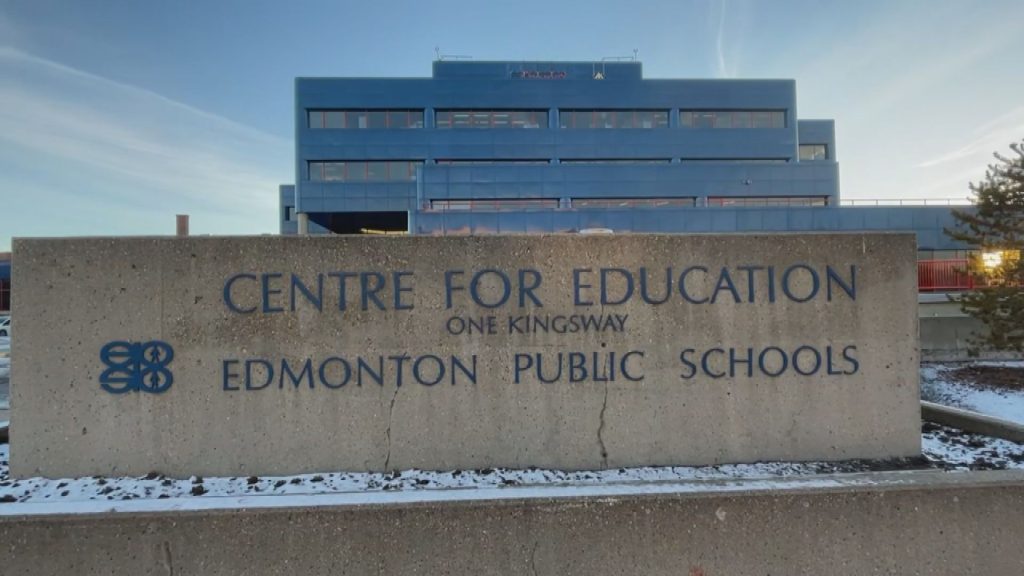‘All hands on deck’: Local state of emergency declared for Calgary as water crisis continues
Posted June 15, 2024 8:27 am.
Last Updated June 15, 2024 12:06 pm.
The City of Calgary declared a local state of emergency Saturday morning amid the city’s water shortage and needed repairs on a feedermain pipe.
Mayor Jyoti Gondek says this is due to five issues being found on the feedermain, leading to three to five weeks of water restrictions for repairs. The repairs will have to go through a staging process, which might require the city to go on private property.
“Which I think will absolutely be the case if we’re trying to work on five sites at once,” Gondek explained alongside CEMA Chief Sue Henry. “The state of local emergency is not linked to the level of water in the reservoirs.”
“And with the partnership we have with the provincial government, we are looking at every possible solution to get water out of the Bearspaw treatment plant to reservoirs.”
She says water use stabilized at 480 million litres Friday, same as Thursday, but says this is an “all hands on deck situation,” and is pleading with Calgarians to keep their water use down.
“I hate to do this to you Calgary, but I’m going to have to do it again, we’re going to need to reduce our water use and I’m relying on you so that we can get through this,” Gondek said.
Calgary, along with Airdrie and Chestermere, has been under mandatory and voluntary water restriction rules since the Bearspaw feedermain ruptured in the Bowness area on June 5.
If the city exceeds the threshold, the city won’t be able to maintain demand and the water supply will eventually run out.
Watch: Calgary’s water restrictions to extend several more weeks
She says the city has reached out to multiple municipalities “across the continent” to secure parts, resources, and expertise.
“Here in Alberta, we have a world-leading energy sector and companies ready and willing to discuss solutions. I want to bring our best and brightest to the table and get this issue resolved for Calgarians as quickly as possible,” Gondek said.
“Restoring your water service is my absolute number one priority.”
Work on repairing the pipeline restarted Thursday afternoon following the injury of two workers the day prior, which prompted an inspection by Occupational Health and Safety (OHS).
A timeline provided by the city earlier this week estimated the new pipe would be installed Thursday before it was flushed for three days and quality tested for two days — with the phasing out of restrictions to follow.
Gondek is also asking businesses to help reduce water use, such as considering having staff work at home so they can better manage their water use.
“I think it would save them the time of having a shower in the morning and no one has to worry about what they look or smell like for that matter. It’s an interesting solution to offer people the opportunity to work from home, and it also means you can manage your flushing at home which you can’t often do at work.”
“I know this sounds a little bit frivolous … or trivial at times to talk about flushing toilets. But the truth of the matter is if every household in Calgary did one less toilet flush per day, we would save 12 million litres of water. So it is a lot of water and it is a way that you can help out.”
Gondek also says the expected rain is an opportunity to catch water and use it for outdoor use, such as for gardening.
The later timeline for repairs means the water emergency could extend through the Calgary Stampede. Gondek wouldn’t say if there are any adaptation plans at this time, but that it is in close talks with the organization.
“We’ve got really good partnerships at the city with many organizations, including Calgary Stampede, and I’m looking forward to understanding their perspective after their meeting here yesterday, so I’m not in a position to speculate at this point,” she said.
In a statement to CityNews, the Calgary Stampede said, “We will continue to work with our partners at the City of Calgary and the Calgary Emergency Management Agency as this situation evolves.”
Stage 4 outdoor watering restrictions are still in place, and so is a fire ban. Gondek also said no indoor water restrictions are planned at this time, but that Calgarians should “understand that outdoor water restrictions are in place.”
“That means you cannot water your lawn. It means you can’t wash your car in your driveway. It means don’t think that at midnight, you can sneak out and water your garden because no one’s looking,” she said.
“You need to know in your soul that you’re using water and right now we need you to please not do that. And take advantage of the rain that’s coming.”
Alberta’s Minister of Municipal Affairs Ric McIver said in a statement that the local emergency signifies the “critical state” of Calgary’s water infrastructure, that the province supports the city, and is in regular contact with Gondek’s office.
“Alberta’s government supports the City of Calgary in its decision to declare a state of local emergency as this step signifies the critical state of Calgary’s water infrastructure and the work that must happen expeditiously in order to return to normal. A local state of emergency allows the city to swiftly procure materials and coordinate action for the repair,” he said.
“Alberta’s government remains in regular communication with the city through the Calgary Emergency Management Agency (CEMA), Alberta Emergency Management Agency (AEMA), and directly with the mayor’s office and we support the city in any way that is needed.”
A technical briefing along with an update on the work that has been done will provided at Saturday’s 2 p.m. update.
Listen to CityNews 660 for up-to-date coverage.
With files from Lauryn Heintz and Michael Ranger








